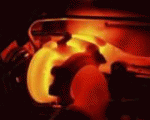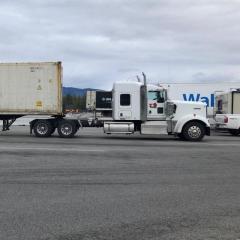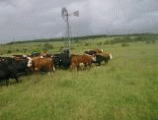- Replies 48
- Views 4.9k
- Created
- Last Reply
Top Posters In This Topic
-
 KATOOM 14 posts
KATOOM 14 posts -
 Mopar1973Man 12 posts
Mopar1973Man 12 posts -
 Ilikeoldfords 7 posts
Ilikeoldfords 7 posts -
 rancherman 6 posts
rancherman 6 posts


I used to monitor the fuel pressure with an Dakota Digital electric gauge. After 8 years of service the ULSD ate the pressure sender so I replaced the gauge with an ISSPRO mechanical and isolator. Same arrangement just different gauge.

Its been on there for about 2 years now but even though it reads quite accurately, it does something odd. At idle the gauge needle is solid around 20 psi and when cruising along down the freeway the gauge is solid at around 18 psi. Then all of a sudden the needle will "bob" down a couple psi and quickly return. Its a more fluid action as this is a mechanical gauge but is also very random and kinda hard to watch for too. But.....if I'm pulling a trailer and have reason to be hard on the throttle then the "bob" of the needle can become more regular as I'm holding steady heavy on the throttle. Still, its only a "bob" of about 2-3 psi but its a strange action and the only way I can describe the way it moves would be like watching a fishing pole bobbin dip under water when a small fish is tasting the bait.
In saying all that, I have yet to take the tester gauge out for a drive and see if the test gauge does the same thing but I figured I'd ask around first and see if anyone has experienced the same. My tester gauge drips and I need to fix it before I'm holding it in the cab.....
I really cant imagine why or what the bobbing action could be other than maybe the Raptor 100 (older better unit) has a regulator which has trouble regulating a smooth amount of fuel pressure when the fuel volume demand increases.